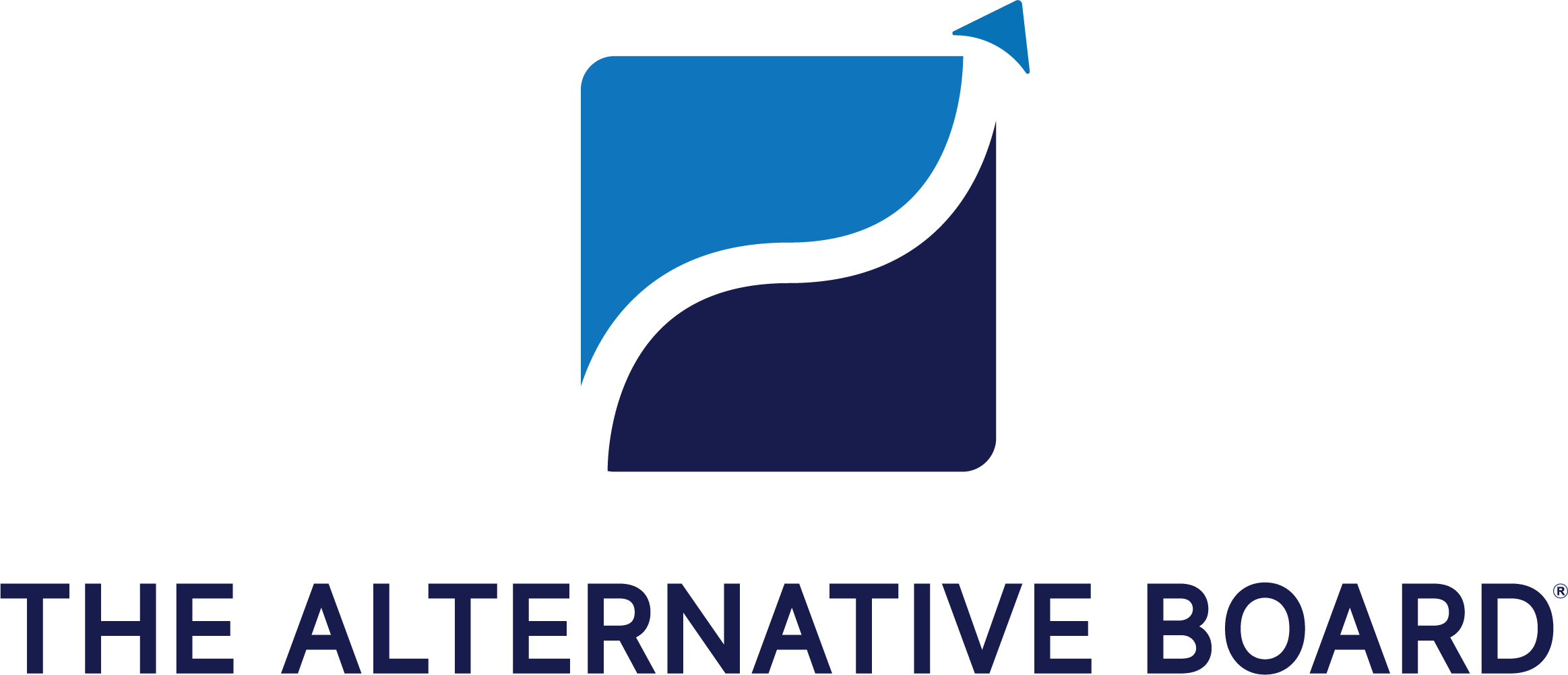It won’t come as a shock to business owners and executives across Australia: in today’s fast-paced working world, many hard-working team members are either already burned out or getting dangerously close. Too many projects, long hours, constant connectivity, and not enough downtime are creating a pressure cooker of workplace stress.
If left unchecked, this stress can lead to exhaustion, disengagement, and declining performance. The silver lining? With a few strategic actions, employers and their leadership teams can prevent burnout, boost morale, and improve retention across the board.
Here’s how:
Stay Connected With Your People
In Australian business culture, relationships and approachability matter. A leader who remains distant from the day-to-day of their team can easily miss the warning signs of stress. On the flip side, having regular, authentic conversations—whether it’s a quick chat in the kitchen or a weekly catch-up—can uncover issues before they escalate.
Take time to ask your team how they’re tracking. What’s getting in the way? What support would help? Active listening is key. When staff feel heard and supported, they’re more likely to flag challenges early and stay engaged.
Lead From the Top—Model Healthy Behaviour
It’s no secret: stress trickles down. If managers are running off their feet or visibly stressed, it sets the tone for the whole team. According to Gallup, disengaged managers often lead to disengaged teams. It’s crucial to check in with your leaders—how are they managing their workload? Do they have support systems in place?
Encourage your leadership team to set healthy boundaries, take breaks, and speak openly about well-being. Their actions will shape the workplace culture more than any policy ever could.
Offer Genuine Support With an EAP
Employee Assistance Programs (EAPs) are becoming more common in Australian workplaces—and with good reason. These confidential services offer support for a wide range of personal and professional challenges, including stress, finances, family issues, and mental health.
However, it’s not enough to just tick the EAP box. For these programs to be effective, employees need to know they’re encouraged—not judged—for using them. Normalise help-seeking behaviour by promoting the EAP in team meetings, internal comms, and even in one-on-ones. The more visible your support, the more likely your team is to use it.
Invest in Career Pathways
One of the biggest drivers of engagement in Aussie workplaces is opportunity. If a high-performing employee doesn’t see a future in your business, they’ll likely find one elsewhere. On the other hand, clear career pathways and mentoring programs can keep motivation high, even during stressful times.
When people see that their growth matters to the business, they’re more inclined to stick around, contribute meaningfully, and overcome the rough patches.
Build a Culture of Appreciation and Belonging
Workers value a sense of belonging and being appreciated for their efforts. When people feel like they’re part of something bigger—and that their contributions matter—it’s easier to weather periods of stress.
As Forbes puts it, creating a culture of gratitude is one of the best defences against burnout. Don’t underestimate the power of a timely thank-you, a shout-out in a team meeting, or a thoughtful email. Public recognition boosts morale, while private praise strengthens the connection.
Burnout doesn’t happen overnight—and neither does fixing it. But with the right leadership approach, workplace culture, and support systems, Aussie businesses can create environments where employees thrive, not just survive.
And if you’re serious about levelling up your leadership, check out our guide:


